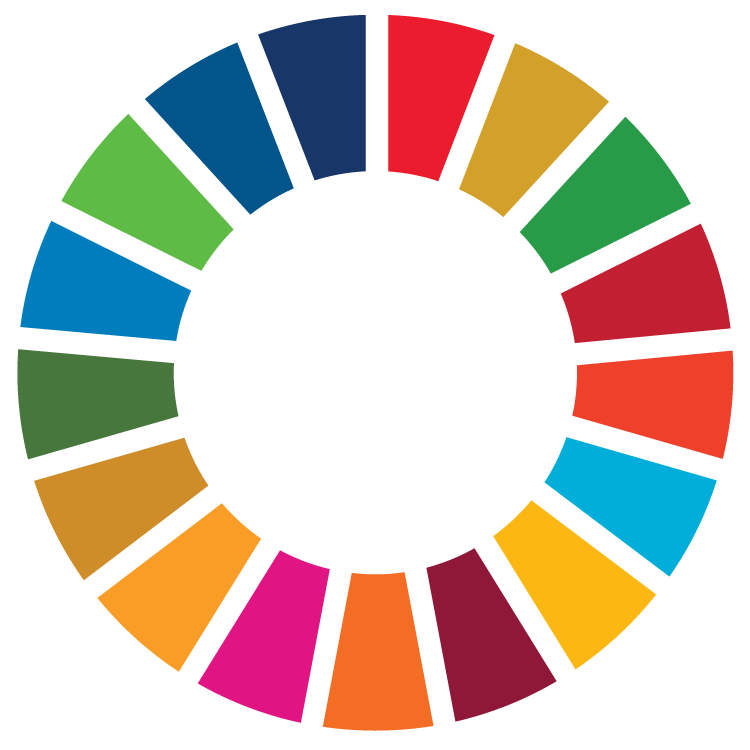
Text original
Aquesta assignatura s'imparteix en català. El text original d'aquest pla docent és en català.
Texto traducido
Esta asignatura se imparte en catalán. El plan docente en español es una traducción del catalán.
La traducción al español está actualizada y es equivalente al original.
Si lo prefieres, ¡consulta la traducción!
Text created with automatic translation
The language of instruction of this subject is Catalan. The course guide in English is an automatic translation of the version in Catalan.
Automatic translation may contain errors and gaps. Refer to it as non-binding orientation only!
Course
Multimedia. Applications and Video Games
Subject
Virtual Reality and Augmented Reality
Type
Optional (OP)
Credits
6.0
Semester
1st
| Group | Language of instruction | Teachers |
|---|---|---|
| G15, classroom instruction, mornings | Catalan | Enrique Vergara Carreras |
| Jose Díaz Iriberri |
Sustainable Development Goals (SDG)

- 4. Quality education
- 9. Industry, innovation and infrastructure
Objectives
The objective of this subject is to delve deeper into the programming knowledge necessary to address the development of an interactive project in real time, whether it is a video game or an application. serious game.
We also want to emphasize the importance of working as a team and making use of version control tools as well as tasks related to project management.
Learning outcomes
- Understand the main entities that Unity uses to develop a game and how they communicate with each other.
- Learn about the Unity project structure to be able to create versions.
- Learn about the interaction of input/output devices that interact in an augmented reality (AR) or virtual reality (VR) video game.
- Understands the needs of a game and knows how to program the data structures necessary to develop it.
- Show skills to develop a game, whether augmented reality (AR) or virtual reality (VR).
- Develop creative and innovative communication interfaces.
Competencies
General skills
- Combine scientific knowledge with technical skill and technological resources to deal with difficulties in professional practice.
- Desire to take part in lifelong learning, innovate, create value and acquire new knowledge.
Specific skills
- Analyze, design and implement applications for the web, mobile devices, video games or general purposes, using programming languages and development tools.
- Apply techniques and tools of artistic expression and graphic representation with creative spatial awareness through digital technology.
Content
- Analysis of the Unity 2020.xi video game engine and new features
- Using Unity's own version control: Collaborate
- Collaborative project management with Unity
- Using the Vuforia SDK for managing augmented reality projects
- Generation of executables for both Android and iOS devices
- Using the Oculus SDK and Viveport SDK and other input/output peripherals with Unity for virtual reality
Evaluation
The assessment is continuous. During the course there are tests, practical assignments and two projects. The weighting is as follows:
- Augmented reality project: 35% (group work of 2-3 people)
- Virtual reality project: 35% (group work of 2-3 people)
- Augmented reality exam: 10% (individual work)
- Virtual reality exam: 10% (individual work)
- Project monitoring documentation: 10%
If the average of the projects is failed, a final practical exam must be taken to recover one.
Exams and project monitoring documentation are not recoverable.
Methodology
Theoretical explanation is combined with practical exercises in class.
Bibliography
Key references
- Meta Quest (2024). Meta Quest Developer Center. Retrieved from https://developer.oculus.com/
- Unity (2021). Unity 3D. Retrieved from https://unity.com/es
- Vuforia (2021). Vuforia Developer Portal. Retrieved from https://developer.vuforia.com/
Further reading
Teachers will provide complementary bibliography and compulsory reading throughout the course via the Virtual Campus.